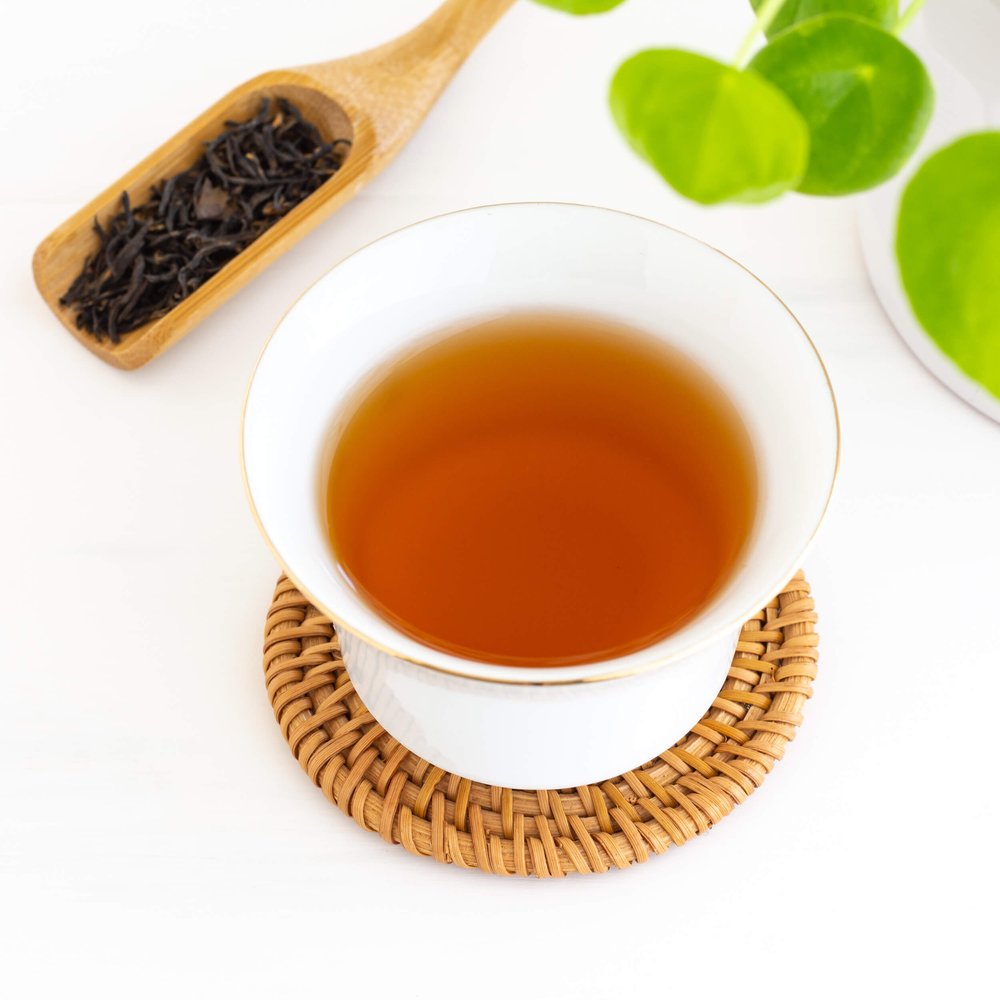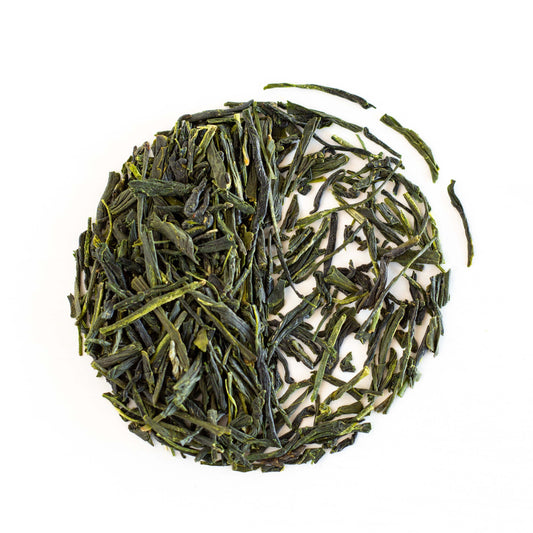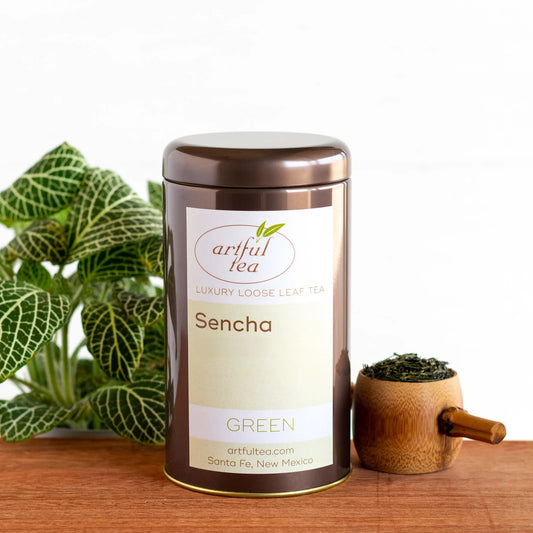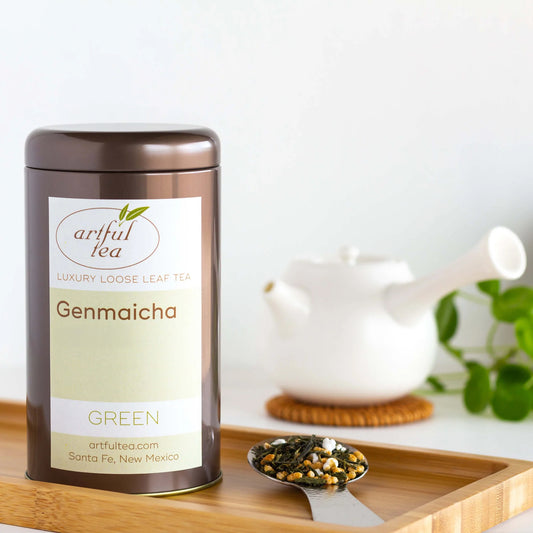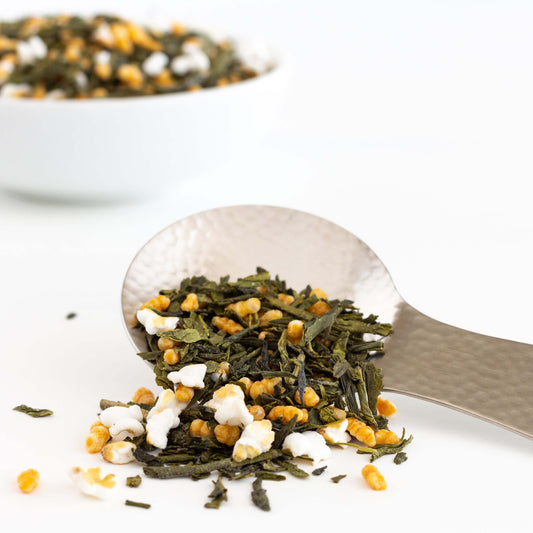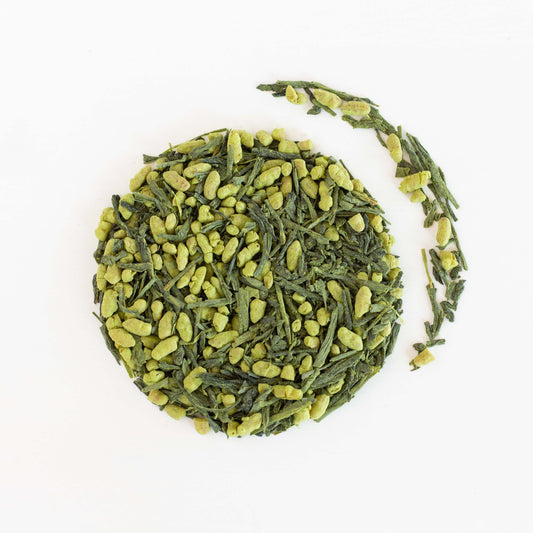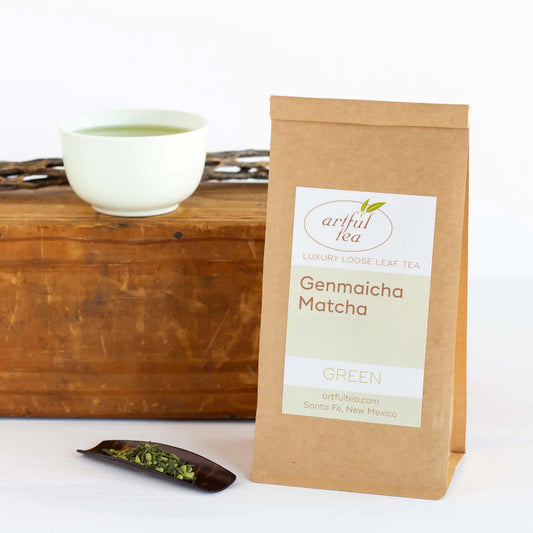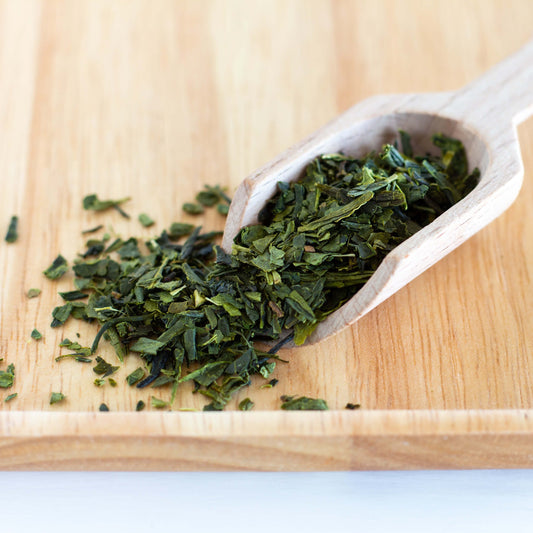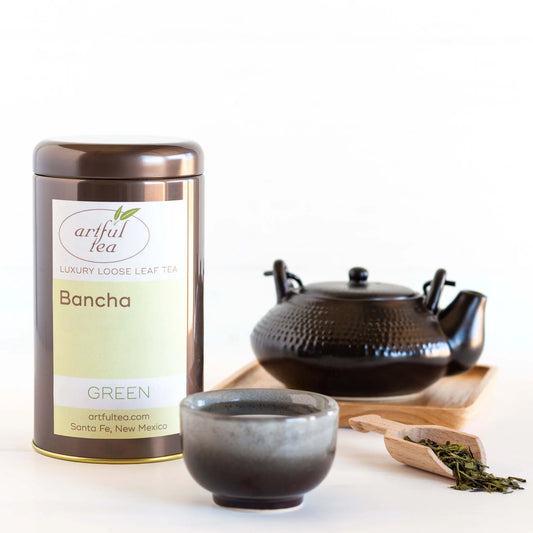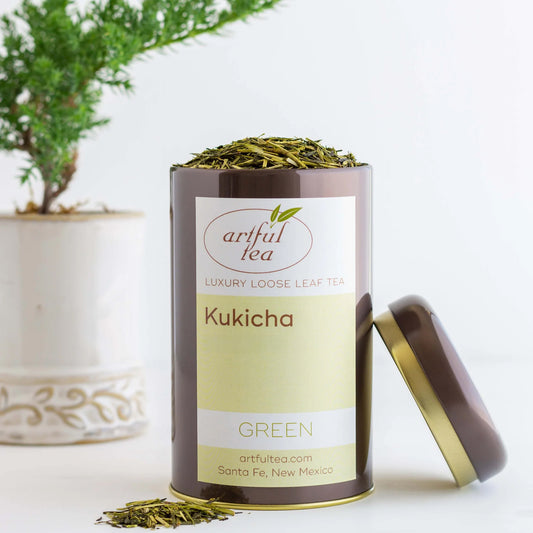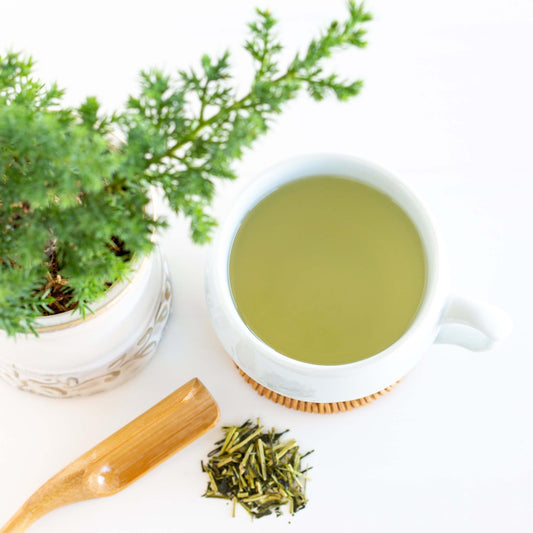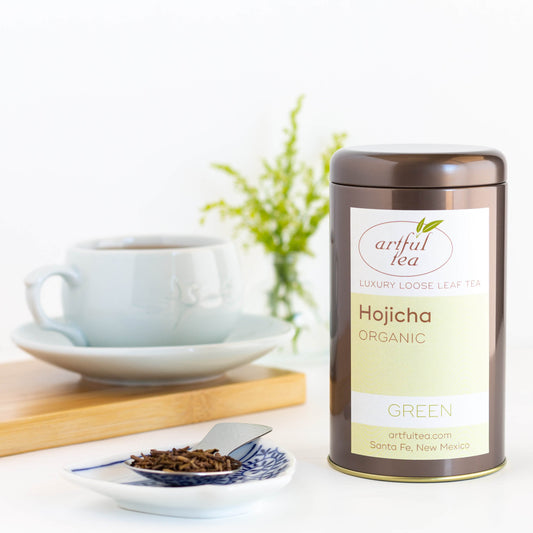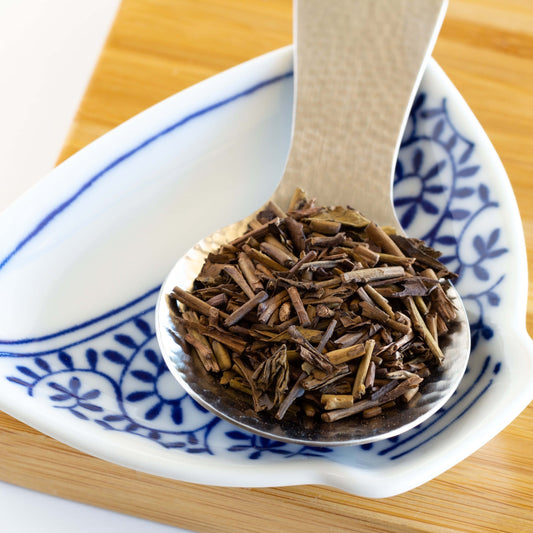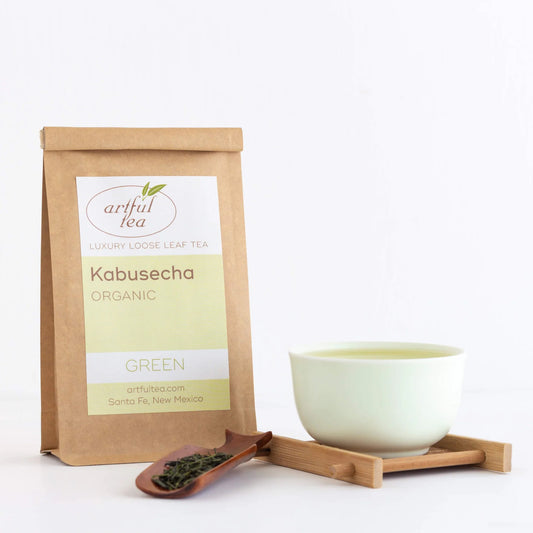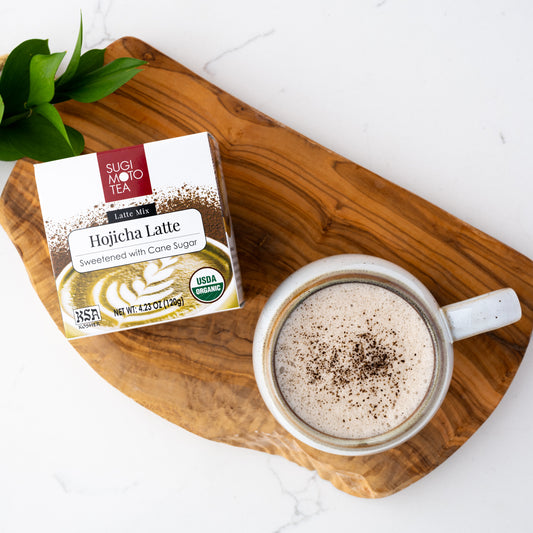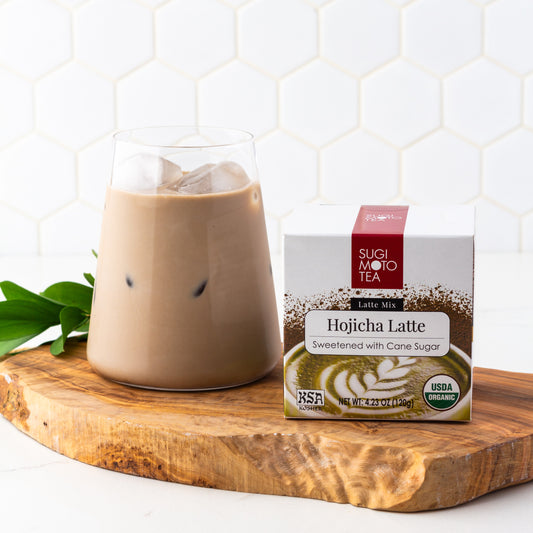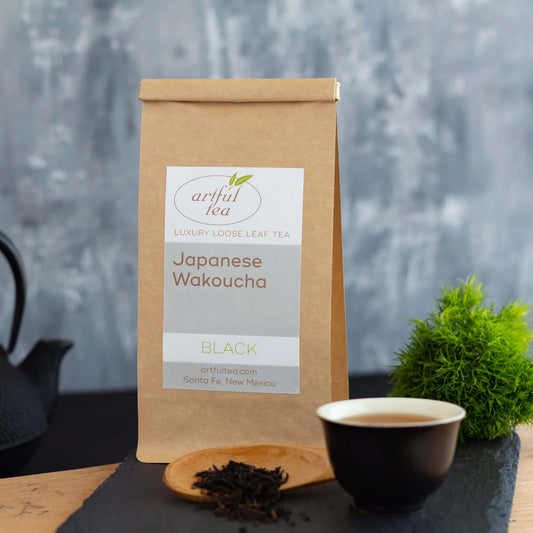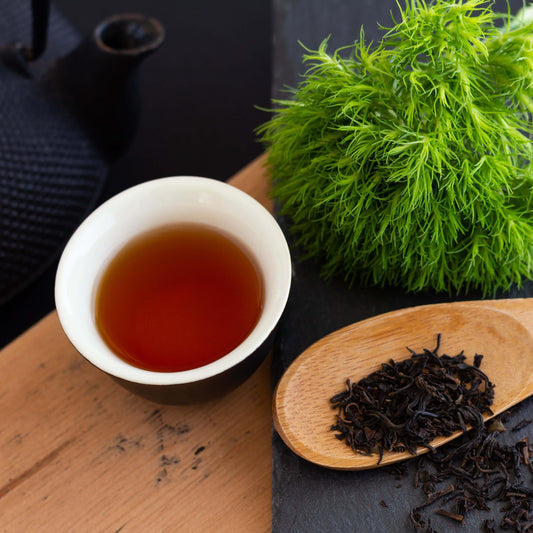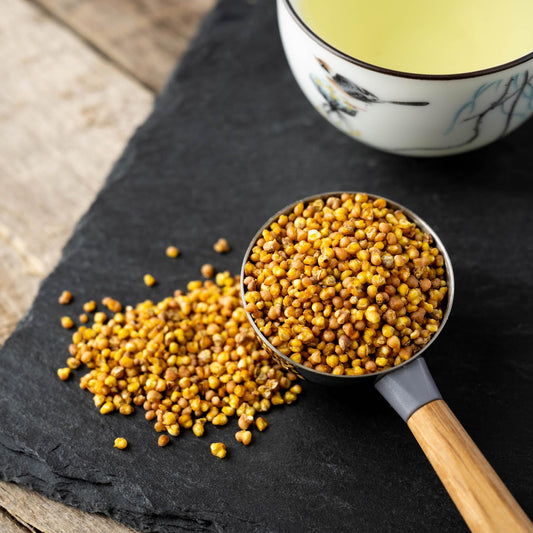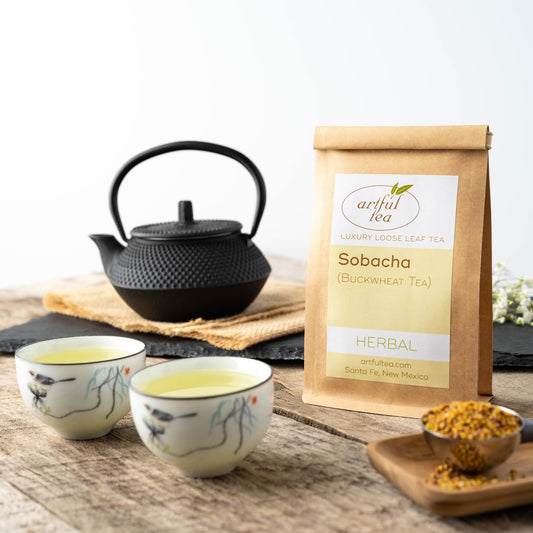Behind the Matcha Shortage

Like many tea companies, at ArtfulTea we're facing an industry-wide shortage of matcha.
Sourced from Japan, this flavorful, emerald-hued tea is made from premium green tea leaves that are stone-ground into a fine powder. Ceremonial grade matcha is traditionally enjoyed on its own, whisked with hot water using a bamboo whisk (chasen) in a matcha bowl (chawan). Culinary grade matcha can be added to lattes, smoothies, baked goods, and more.
Matcha is a specialty agricultural product. Harvested once per year in the spring from carefully-cultivated tea plants, there's a finite supply of matcha for tea drinkers around the world to enjoy—even when demand rises. Tea plants are also sensitive to a changing climate, and changes in rainfall and temperature can have a significant impact on harvests.
Our Matcha
We carry several different types of matcha, all of which are affected to different extents by this shortage:
- We have an extremely limited amount of our Ceremonial Grade Aiya Matcha left in stock.
- We have a limited amount of our Culinary Grade Aiya Matcha left in stock.
- Our Ceremonial Grade Sugimoto Mizuki Matcha is out of stock for the foreseeable future.
Alternatives to Matcha
There's nothing quite like matcha in terms of its taste and flavor—it's a unique tea for which there is no one-to-one replacement. That said, we carry quite a few Japanese teas that might be of interest to matcha fans.
Hojicha Latte
Sencha Green Tea
From Shizuoka on the Fujiyama mountain slopes, our Sencha is a classic example of a Japanese green tea. Sencha is one of the most popular green teas in Japan, and for good reason. This tea has a medium body and brews up into a pale green-gold liquor, with citrus and oceanic notes.
Bancha Green Tea
Bancha is a Japanese green tea harvested in late summer. Similar in character to Sencha, Bancha is harvested later in the year, when the leaves are larger and thicker. This results in a grassy, fresh tea with a light body.
Gyokuro Green Tea
A shade-grown tea produced from the leaves of the first harvest, Gyokuro is one of the most prized teas in Japan, and is famed for its savory umami character. Gyokuro tea plants are shaded for at least three weeks prior to harvest, which increases the chlorophyll content in the plants and results in a dark, blue-green tea leaf with a rich, oceanic flavor and a subtle sweetness. This process also increases the caffeine and theanine content of the tea. Gyokuro is Japanese for “jade dew,” which refers to the bright green color of the brewed tea. Our Gyokuro is sourced from Fukuoka Prefecture.
